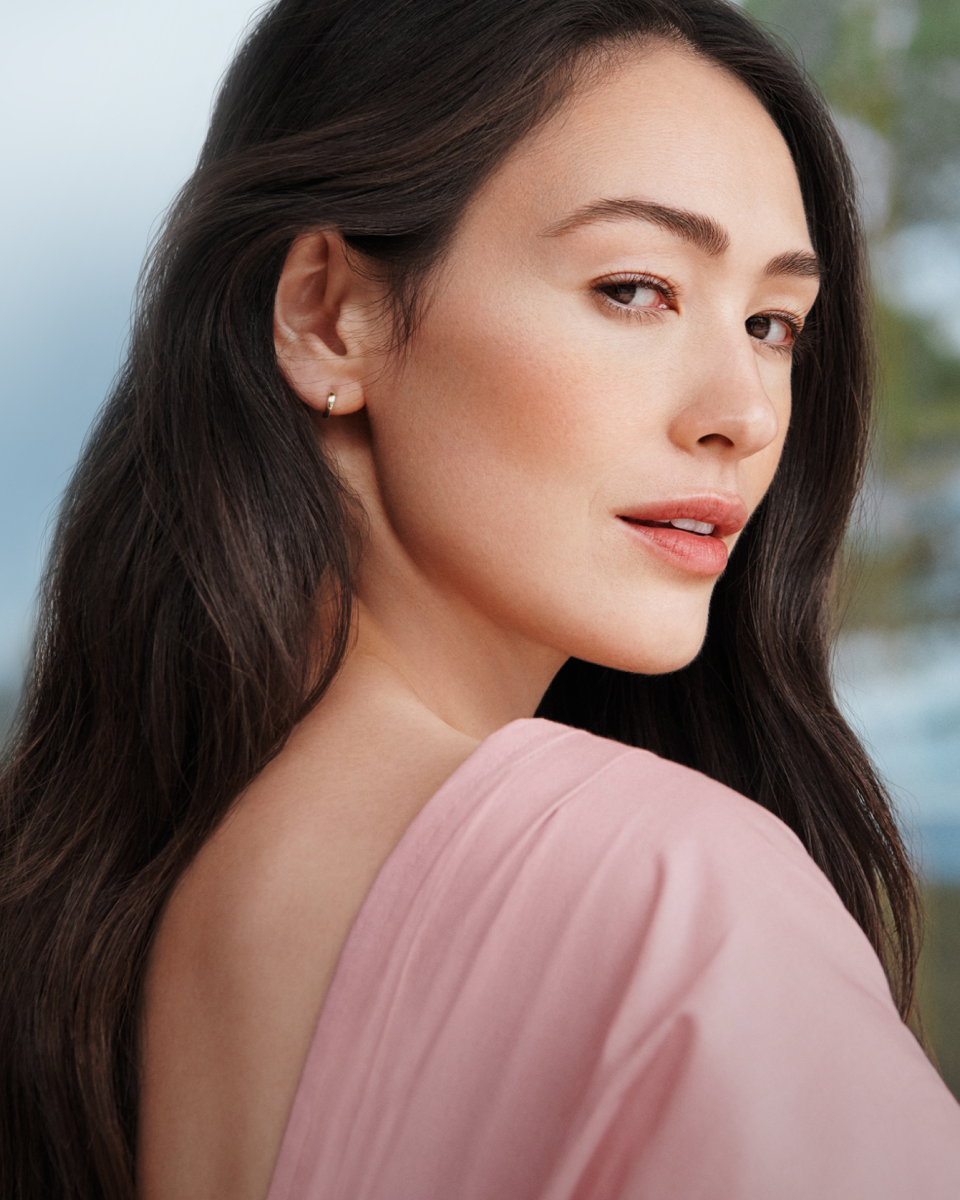
What is collagen?
Collagen is a fibrous protein that helps maintain your skin’s shape and structure. The skin needs collagen to resist signs of aging, such as fine lines, wrinkles, and sagging.3-5 By age 40, most of us have lost up to 20% of our natural collagen.2
Sculptra helps stimulate natural collagen production.6 The poly-L-lactic acid (PLLA-SCA) in Sculptra forms a framework that helps support and maintain the skin’s inner structure, which may lead to a more youthful-looking appearance.1,3-5
Renewing the skin with Sculptra
-
66.5%Sculptra showed a 66.5%
increase in Type 1 collagen
after 3 months.6
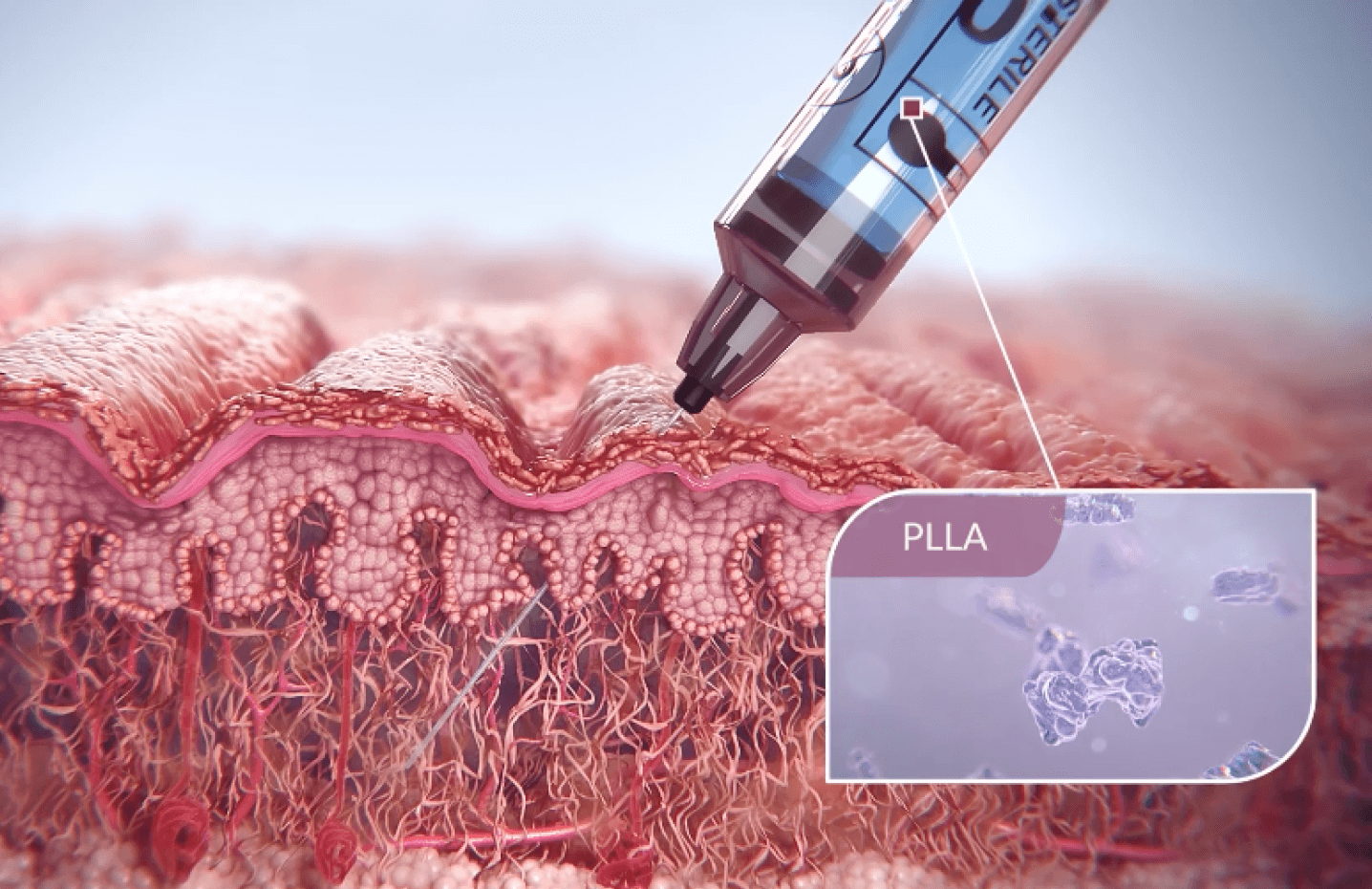
Sculptra works deep within the skin
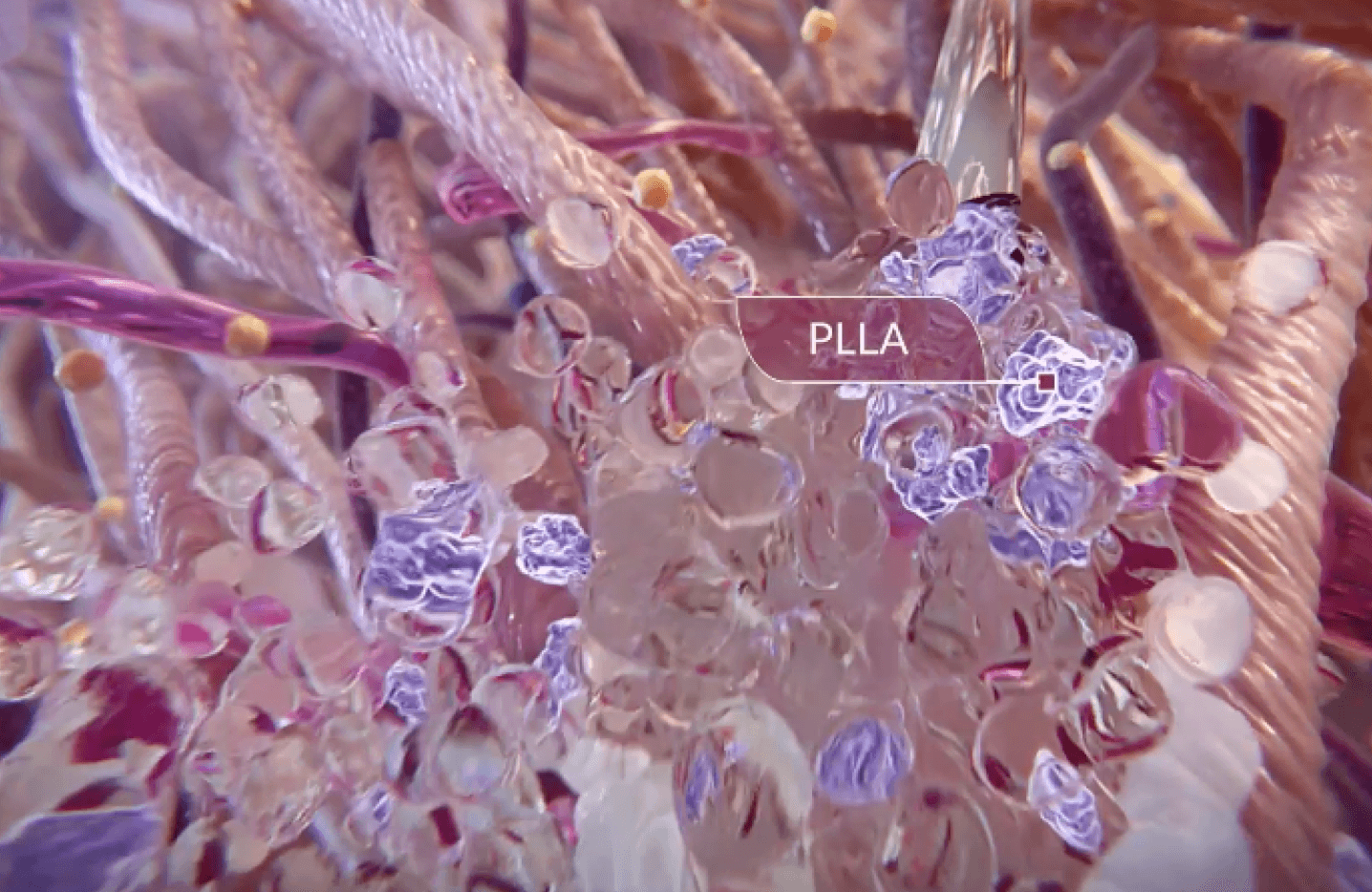
Stimulating natural collagen
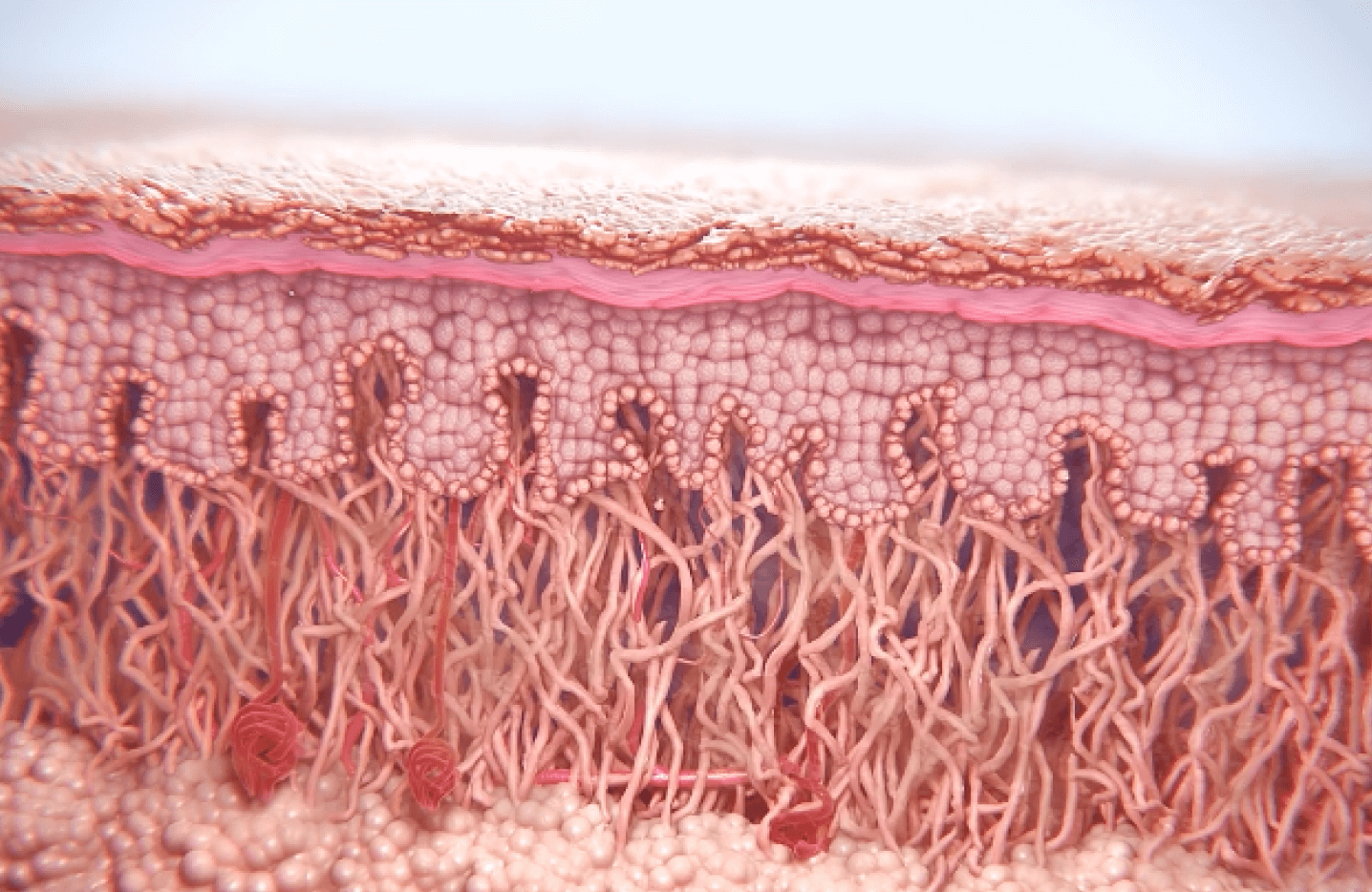
Gradually restoring skin quality8,9
How Sculptra works
Ready to take your next step?
Find a highly trained aesthetic injector near you to book a consultation, discuss your aesthetics goals, and get all your Sculptra questions answered in person.
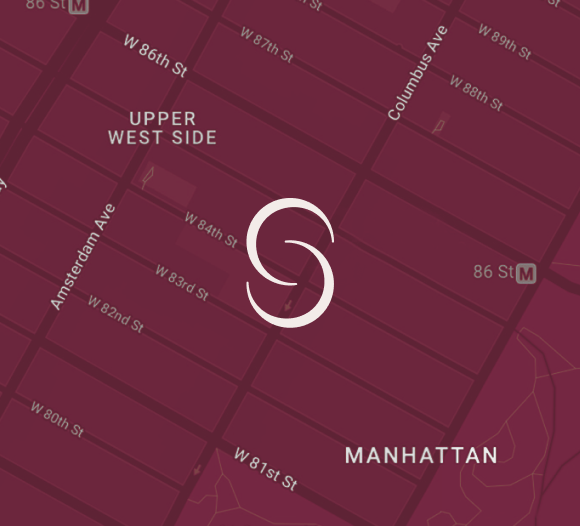
- Fitzgerald R, Bass LM, Goldberg DJ, Graivier MH, Lorenc ZP. Physiochemical characteristics of poly-L-lactic acid (PLLA). Aesthet Surg J. 2018;38(suppl 1):S13-S17.
- Shuster S, Black MM, McVitie E. The influence of age and sex on skin thickness, skin collagen and density. Br J Dermatol. 1975;93(6):639-643.
- Shin J-W, Kwon S-H, Choi J-Y, et al. Molecular mechanisms of dermal aging and antiaging approaches. Int J Mol Sci. 2019;20(9):2126.
- Vleggaar D, Fitzgerald R. Dermatological implications of skeletal aging: a focus on supraperiosteal volumization for perioral rejuvenation. J Drugs Dermatol. 2008;7(3):209-220.
- Oikarinen A. Aging of the skin connective tissue: how to measure the biochemical and mechanical properties of aging dermis. Photodermatol photoimmunol photomed. 1994;10(2):47-52.
- Goldberg D, Guana A, Volk A, Daro-Kaftan E. Single-arm study for the characterization of human tissue response to injectable poly-L-lactic acid. Dermatol Surg. 2013;39(6):915-922.
- Sculptra. Instructions for Use. Galderma Laboratories, L.P., 2023.
- Bohnert K, Dorizas A, Lorenc P, Sadick NS. Randomized, controlled, multicentered, double-blind investigation of injectable poly-L-lactic acid for improving skin quality. Dermatol Surg. 2019;45(5):718-724.
- Data on file. 43USSA1812EXT Clinical study report. Fort Worth, TX: Galderma Laboratories, L.P., 2022.




